In this article, we’re going to dive deep into Texas Pacific Land (TPL). The stock has been on a 50% drawdown, trading below $900 as of the latest update. To put that into perspective, you’d have to go back to September 2024 to see similar prices. This isn’t the first time TPL has faced such a steep decline—actually, it’s the seventh major drawdown since the 1990s.
So, what’s going on with TPL? Why is the stock falling, and is it an opportunity or a trap? Let’s break it down step by step: price action, valuation, financials, and long-term outlook.
Price Action: A Familiar Cycle
TPL has always been a cyclical stock. Investors who have followed it for decades know that sharp drawdowns are part of the game. This current 50% decline is dramatic, but not unprecedented.
The stock hit an all-time high around $1,650 before collapsing back to the $900 range. That’s painful for anyone who bought near the top, but for long-term observers, it’s just another cycle in a long history of ups and downs.
Historical Drawdowns of TPL
| Period |
Approx. Drawdown |
Notes |
| 1990s |
-40% to -50% |
Early cycles of volatility |
| 2000s |
-50% |
Commodity-linked downturn |
| 2008 |
-60% |
Financial crisis impact |
| 2014 |
-45% |
Oil price collapse |
| 2020 |
-50% |
COVID shock |
| 2022 |
-40% |
Oil volatility |
| 2025 |
-50% |
Current cycle |
This is the seventh major drawdown. History shows that TPL always recovers, but the timing is unpredictable.
Valuation: Why the Stock Is Falling
The main reason TPL is down isn’t because the business is broken—it’s because the valuation was stretched. At the peak, the stock traded at a P/E ratio of 80. Even after being cut in half, the P/E is still around 40, with a forward P/E of 35.
For context, over the past 20 years, TPL’s P/E ratio has typically ranged between 15 and 60, with rare spikes to 80. That means today’s valuation is still on the expensive side, even after the crash.
TPL Valuation Range (20-Year History)
| Metric |
Low |
High |
Current |
| P/E Ratio |
15 |
80 |
40 |
| Forward P/E |
15 |
70 |
35 |
| Historical Buy Zones |
18–25 |
— |
Not yet |
The stock is not cheap. A 50% decline from an inflated multiple doesn’t automatically make it a bargain.
Investor Experience: A 10-Bagger Story
The author of the transcript first bought TPL in 2020 when it was a small-cap company with a $4 billion market cap. At that time, the P/E ratio was around 18. By holding through 2020–2024, the investment turned into nearly a 10-bagger, with shares sold at $1,650.
That experience highlights the importance of patience and valuation discipline. Buying at a P/E of 18 or 25 led to massive gains. Buying at a P/E of 40 or higher? Much riskier.
Financials: Still a Strong Business
Despite the stock’s decline, the company itself is performing well. TPL remains debt-free, profitable, and cash-flow positive. The most recent quarterly report was strong, even though oil prices have fallen.
In 2022, oil prices peaked at $120 per barrel, but by 2025 they’ve dropped to around $60. You’d expect TPL’s cash flows to collapse alongside oil—but that hasn’t happened.
Instead, operating cash flows have remained stable, even increasing in some quarters. Why? Because TPL isn’t just an oil play—it’s a land management business. As drilling volumes increase on its land, royalties and fees keep flowing, offsetting lower oil prices.
Oil Prices vs. TPL Cash Flows
| Year |
Oil Price (Brent) |
TPL Quarterly Operating Cash Flow |
| 2022 |
$120 |
$100M |
| 2023 |
$80 |
$105M |
| 2024 |
$65 |
$110M |
| 2025 |
$60 |
$110M+ |
Even with oil prices cut in half, TPL’s cash flows have held steady. That’s a sign of resilience.
Why TPL Is Different From an Oil & Gas Play
Many financial websites classify TPL as an oil and gas stock. That’s misleading. Yes, its revenues are linked to oil prices, but the real driver is land royalties and management.
As drilling activity expands in Texas, TPL benefits regardless of short-term oil price swings. This explains why cash flows didn’t collapse when oil prices fell from $120 to $60. More drilling volume offset the lower price per barrel.
This makes TPL a unique hybrid: part commodity-linked, part real estate royalty business. That’s why it has been such a powerful long-term compounder.
Patience Is Key
The transcript emphasizes patience. The best buying opportunities for TPL came when the P/E ratio was in the 18–25 range. Those who waited for those moments were rewarded with outsized returns.
Right now, with a P/E of 40, the stock is still expensive. Investors rushing in just because the stock is down 50% may be disappointed. Serious investors focus on valuation, not just price action.
Past Buy Points
| Year |
P/E Ratio |
Outcome |
| 2020 |
18 |
10x return |
| 2023 |
25–27 |
Strong gains |
| 2025 |
40 |
Risk remains |
The lesson: don’t confuse a falling stock price with a cheap valuation.
Final Thoughts: Buy, Hold, or Sell?
So, where does that leave us?
- The stock is down 50% but still trades at a P/E of 40.
- The business is strong, debt-free, and generating stable cash flows.
- Oil prices are lower, but drilling volumes keep cash flows steady.
- History shows patience pays off—the best returns came when P/E was under 25.
Verdict: HOLD.
TPL is a fantastic business, but the valuation is not yet attractive enough to justify buying. If you already own shares, holding makes sense given the company’s strength. But for new investors, patience is the smarter move. Wait for the valuation to come down into the 20s before jumping in.
https://youtu.be/t4KDhrqTRIE?si=xX72t4h7PHdWvwzd
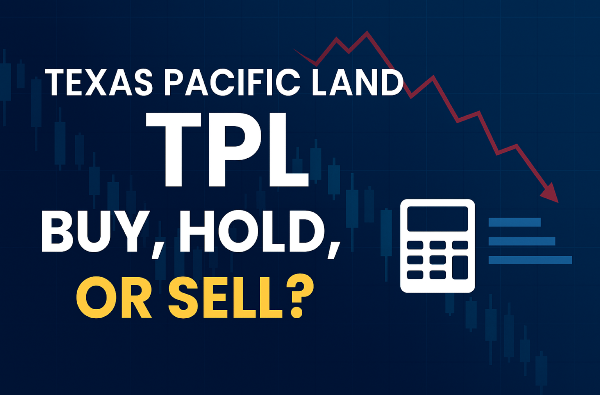

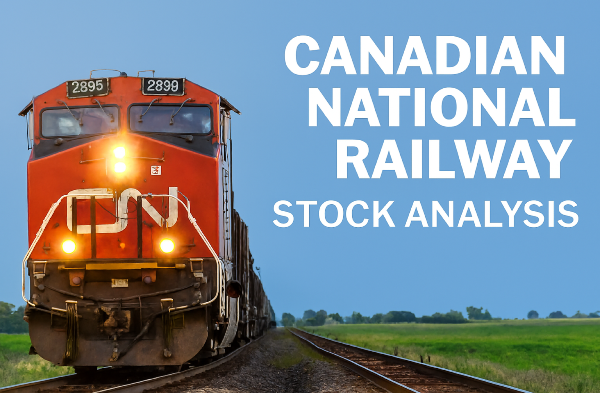
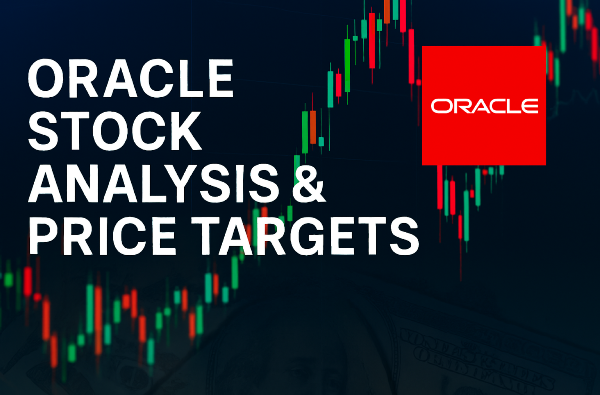



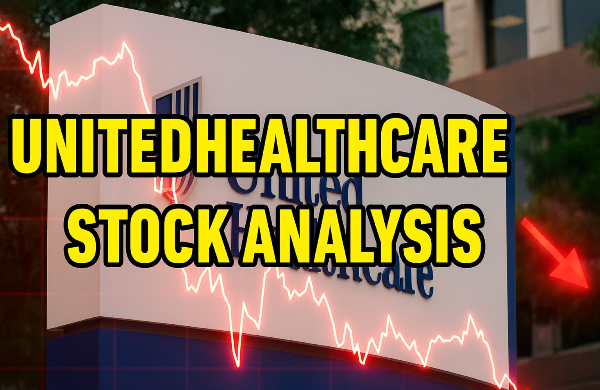





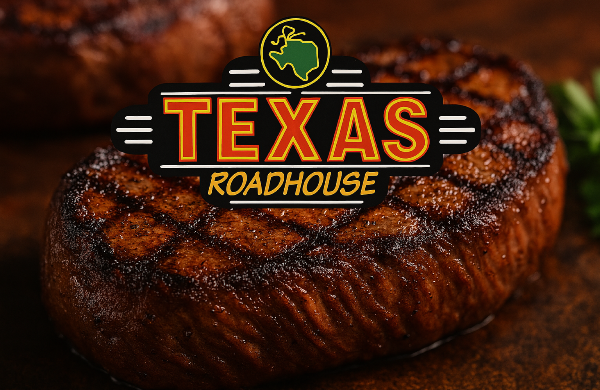

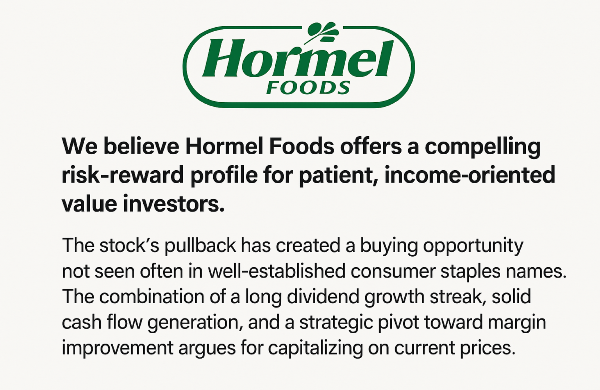


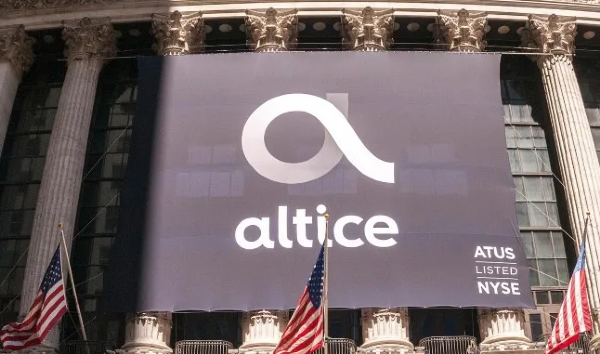
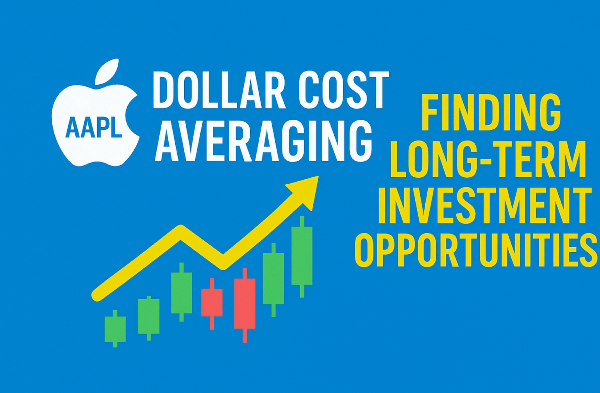










In this article, we’re going to dive deep into Texas Pacific Land (TPL). The stock has been on a 50% drawdown, trading below $900 as of the latest update. To put that into perspective, you’d have to go back to September 2024 to see similar prices. This isn’t the first time TPL has faced such a steep decline—actually, it’s the seventh major drawdown since the 1990s.
So, what’s going on with TPL? Why is the stock falling, and is it an opportunity or a trap? Let’s break it down step by step: price action, valuation, financials, and long-term outlook.
Price Action: A Familiar Cycle
TPL has always been a cyclical stock. Investors who have followed it for decades know that sharp drawdowns are part of the game. This current 50% decline is dramatic, but not unprecedented.
The stock hit an all-time high around $1,650 before collapsing back to the $900 range. That’s painful for anyone who bought near the top, but for long-term observers, it’s just another cycle in a long history of ups and downs.
Historical Drawdowns of TPL
This is the seventh major drawdown. History shows that TPL always recovers, but the timing is unpredictable.
Valuation: Why the Stock Is Falling
The main reason TPL is down isn’t because the business is broken—it’s because the valuation was stretched. At the peak, the stock traded at a P/E ratio of 80. Even after being cut in half, the P/E is still around 40, with a forward P/E of 35.
For context, over the past 20 years, TPL’s P/E ratio has typically ranged between 15 and 60, with rare spikes to 80. That means today’s valuation is still on the expensive side, even after the crash.
TPL Valuation Range (20-Year History)
The stock is not cheap. A 50% decline from an inflated multiple doesn’t automatically make it a bargain.
Investor Experience: A 10-Bagger Story
The author of the transcript first bought TPL in 2020 when it was a small-cap company with a $4 billion market cap. At that time, the P/E ratio was around 18. By holding through 2020–2024, the investment turned into nearly a 10-bagger, with shares sold at $1,650.
That experience highlights the importance of patience and valuation discipline. Buying at a P/E of 18 or 25 led to massive gains. Buying at a P/E of 40 or higher? Much riskier.
Financials: Still a Strong Business
Despite the stock’s decline, the company itself is performing well. TPL remains debt-free, profitable, and cash-flow positive. The most recent quarterly report was strong, even though oil prices have fallen.
In 2022, oil prices peaked at $120 per barrel, but by 2025 they’ve dropped to around $60. You’d expect TPL’s cash flows to collapse alongside oil—but that hasn’t happened.
Instead, operating cash flows have remained stable, even increasing in some quarters. Why? Because TPL isn’t just an oil play—it’s a land management business. As drilling volumes increase on its land, royalties and fees keep flowing, offsetting lower oil prices.
Oil Prices vs. TPL Cash Flows
Even with oil prices cut in half, TPL’s cash flows have held steady. That’s a sign of resilience.
Why TPL Is Different From an Oil & Gas Play
Many financial websites classify TPL as an oil and gas stock. That’s misleading. Yes, its revenues are linked to oil prices, but the real driver is land royalties and management.
As drilling activity expands in Texas, TPL benefits regardless of short-term oil price swings. This explains why cash flows didn’t collapse when oil prices fell from $120 to $60. More drilling volume offset the lower price per barrel.
This makes TPL a unique hybrid: part commodity-linked, part real estate royalty business. That’s why it has been such a powerful long-term compounder.
Patience Is Key
The transcript emphasizes patience. The best buying opportunities for TPL came when the P/E ratio was in the 18–25 range. Those who waited for those moments were rewarded with outsized returns.
Right now, with a P/E of 40, the stock is still expensive. Investors rushing in just because the stock is down 50% may be disappointed. Serious investors focus on valuation, not just price action.
Past Buy Points
The lesson: don’t confuse a falling stock price with a cheap valuation.
Final Thoughts: Buy, Hold, or Sell?
So, where does that leave us?
Verdict: HOLD.
TPL is a fantastic business, but the valuation is not yet attractive enough to justify buying. If you already own shares, holding makes sense given the company’s strength. But for new investors, patience is the smarter move. Wait for the valuation to come down into the 20s before jumping in.
https://youtu.be/t4KDhrqTRIE?si=xX72t4h7PHdWvwzd